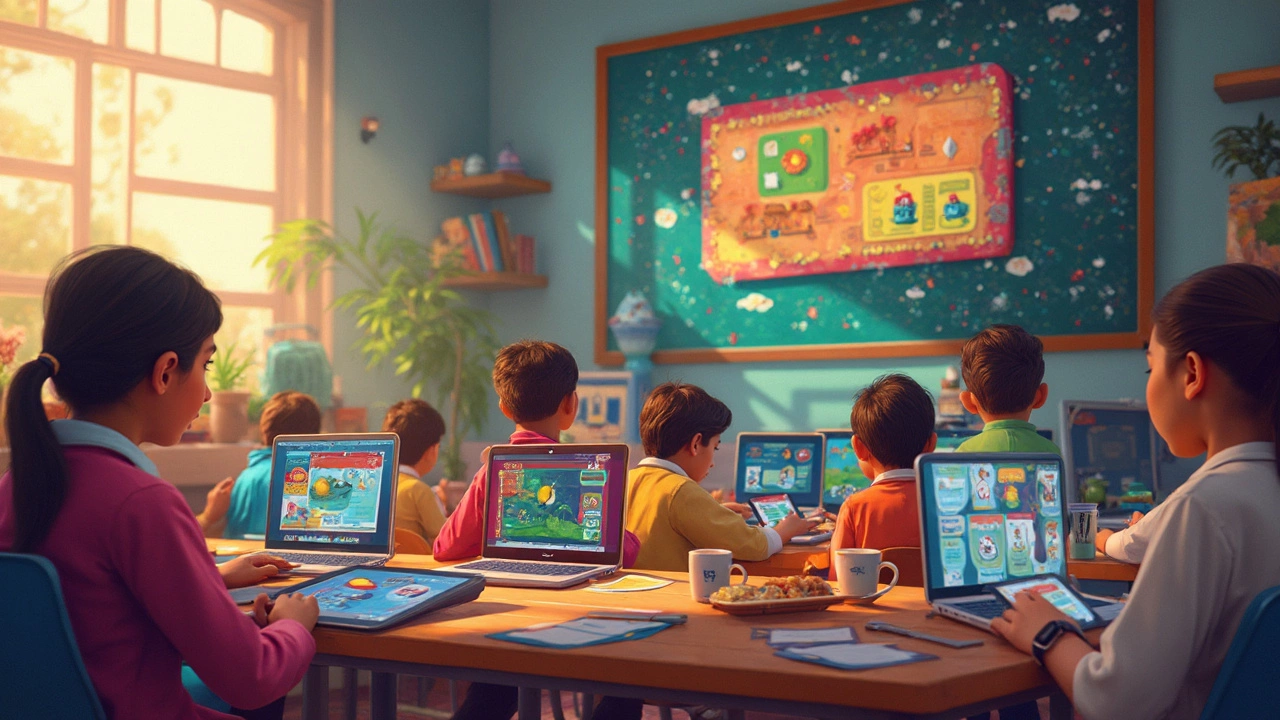Teaching Tools – How to Choose, Use & Maximize Classroom Resources
When you walk into a classroom or set up a study corner at home, the right tools can turn a dull lesson into an exciting discovery. Whether you’re a teacher, a parent, or a self‑learner, picking tools that fit your goals, budget, and students’ needs saves time and keeps motivation high. Below you’ll find straight‑forward advice on digital helpers and low‑cost DIY stations, plus quick checks to avoid common pitfalls.
Digital tools that actually help
There’s a flood of apps promising to make learning easier, but not all of them deliver. Start by asking three questions: Does the app align with the curriculum? Is the interface kid‑friendly? Can you track progress without a headache?
For language practice, Duolingo’s free tier covers basics, while its paid plan adds offline lessons and ad‑free study. If you need a collaborative space, Google Classroom lets you post assignments, give feedback, and keep everything in one place – no extra cost for schools using G Suite for Education.
When you’re teaching coding, platforms like Scratch (free) let students drag‑and‑drop blocks to create games, while Replit offers a cloud IDE for more advanced code without installing software. The key is to test a tool with a single lesson first; if students stay engaged and you can grade easily, roll it out more broadly.
Don’t forget security. Check that the app complies with data‑protection rules (GDPR, India’s data privacy guidelines) and that you can control who sees student information. A quick look at the privacy policy often saves headaches later.
DIY learning stations for home & school
Physical learning stations work wonders, especially for younger kids who need tactile interaction. Pick a quiet corner, add a sturdy table, and organize three zones: a reading nook, a hands‑on activity bin, and a digital screen area.
Start with what you have. Cardboard boxes become storage for manipulatives like counting beads or science kits. A whiteboard (even a cheap roll‑up one) turns the wall into a place for quick math drills or vocabulary practice. Label each zone with clear, colorful signs so kids know where to go next.
Rotate items every two weeks to keep curiosity alive. If you notice a station getting ignored, ask students what they’d like to see there – their input often points to the next useful tool, whether it’s a puzzle, a set of flashcards, or a tablet with an educational app.
Budget‑friendly tip: thrift stores often have sturdy chairs, small shelves, and even old laptops that can be repurposed. Pair a low‑cost tablet with free apps like Khan Academy for math drills, and you’ve got a powerful combo without breaking the bank.
Finally, involve students in upkeep. A quick end‑of‑day tidy routine teaches responsibility and ensures the station stays ready for the next session.
By blending reliable digital platforms with well‑planned physical stations, you create a flexible learning environment that adapts to different subjects and age groups. Test one tool at a time, listen to student feedback, and keep the focus on clear outcomes – better engagement, higher scores, and more confidence in the classroom.
Setting Up E-Learning: Quick and Easy Guide
Setting up e-learning environments can seem tricky, but with the right steps, it becomes straightforward. This guide covers the main components needed for online education, including choosing platforms, content creation, and engaging students. Learn useful tips and facts about tools and strategies to ensure a successful e-learning setup. Discover simple techniques that transform teaching into an engaging online experience.
